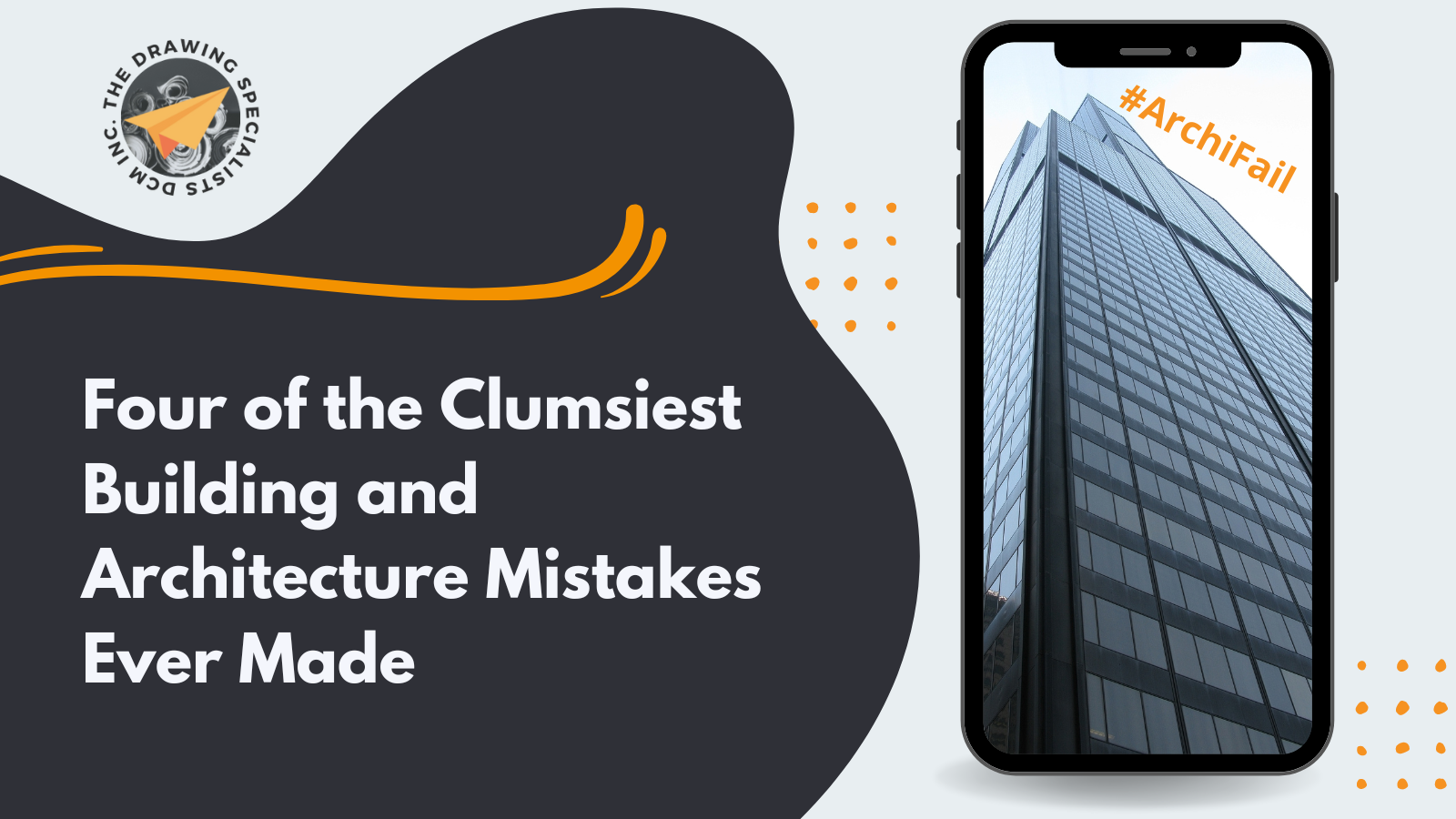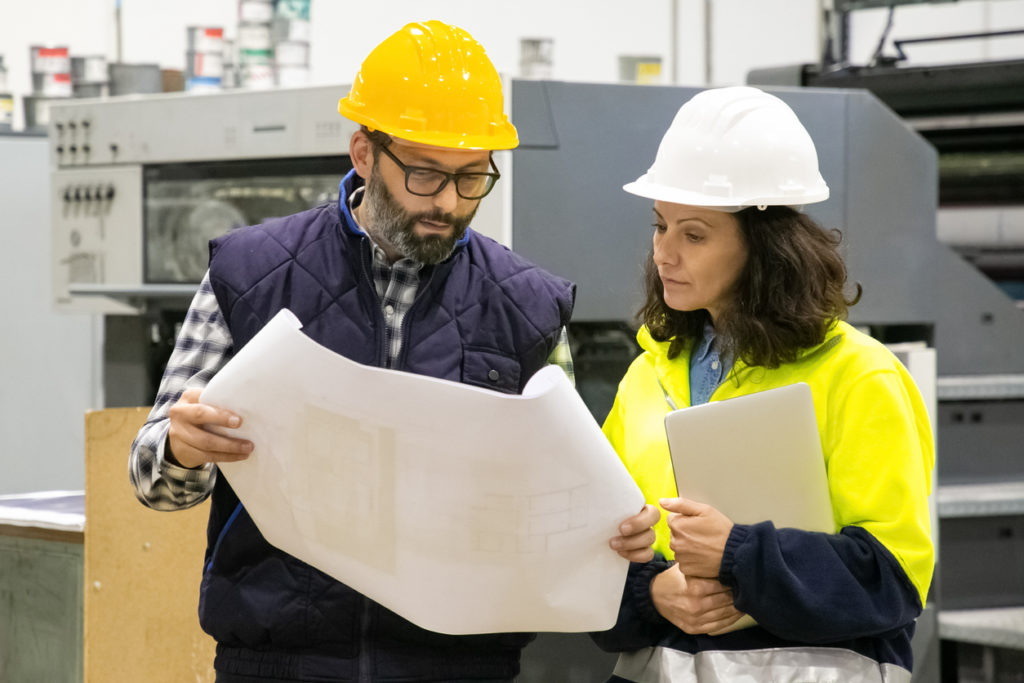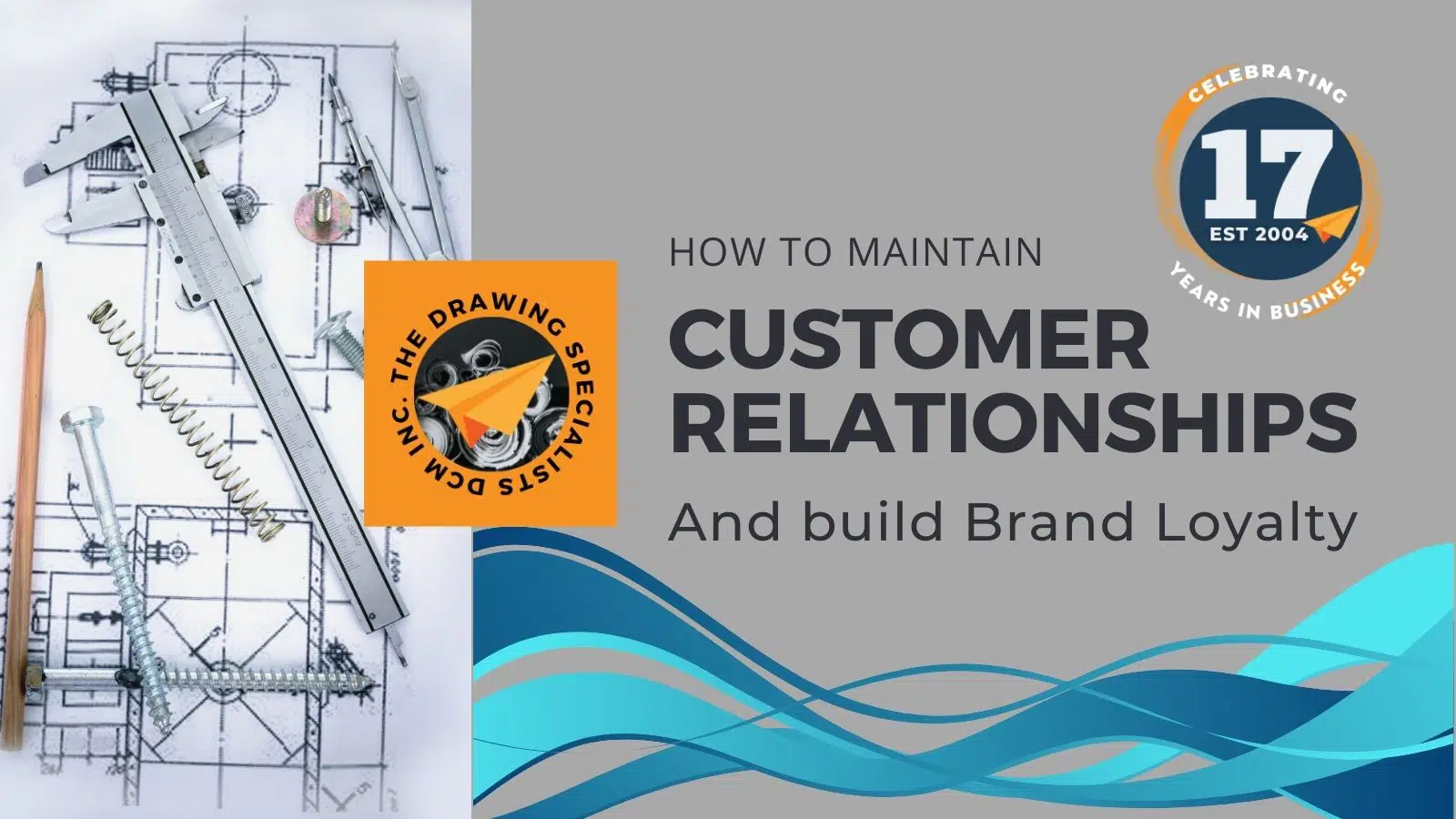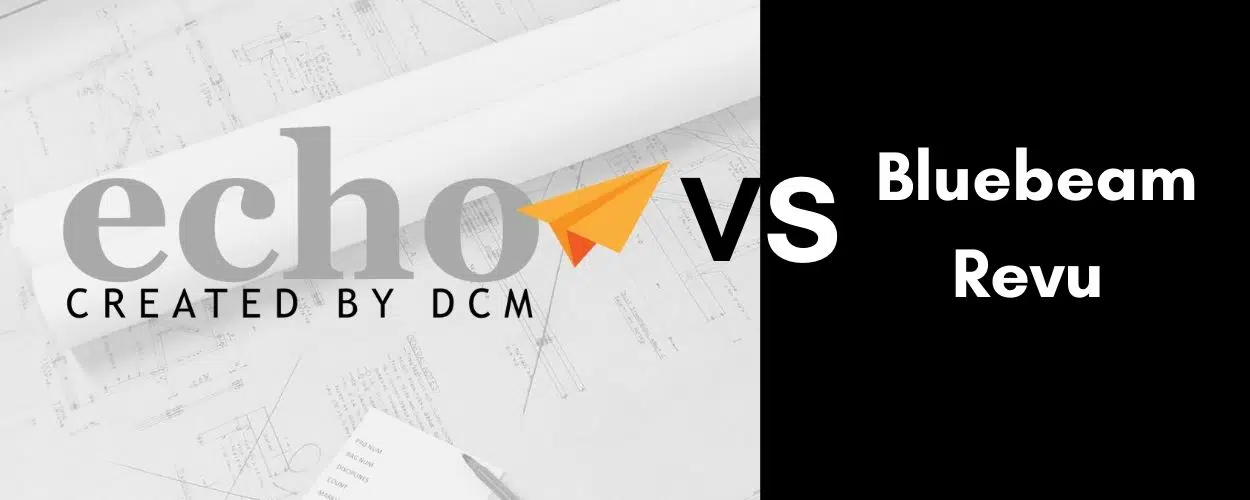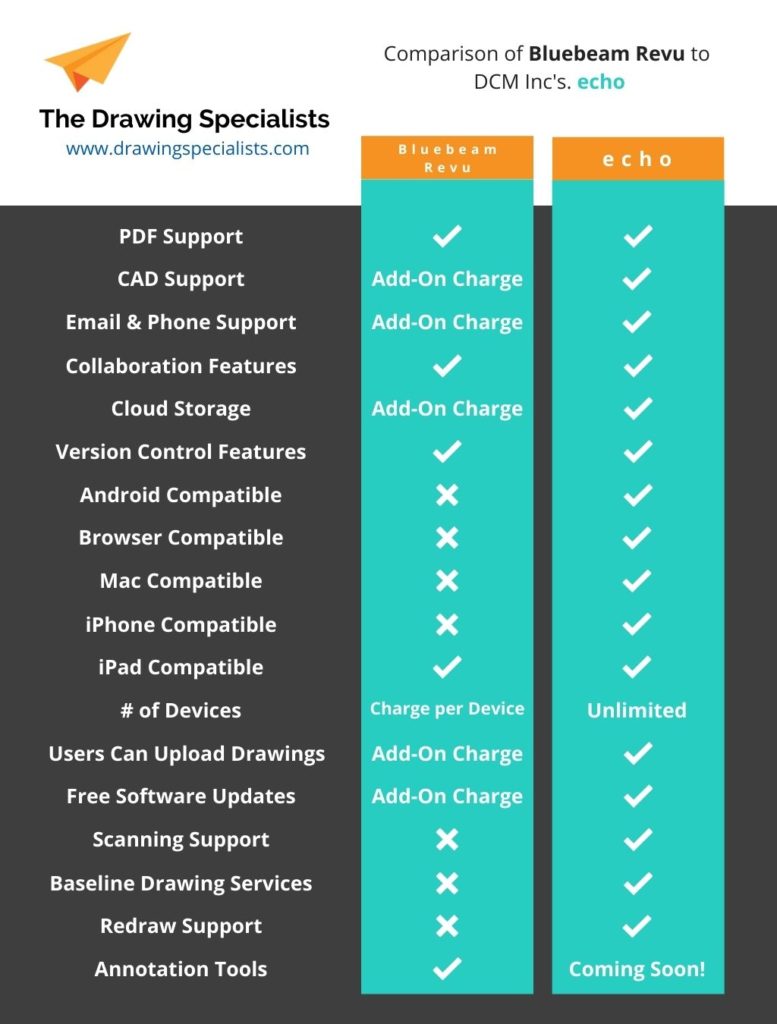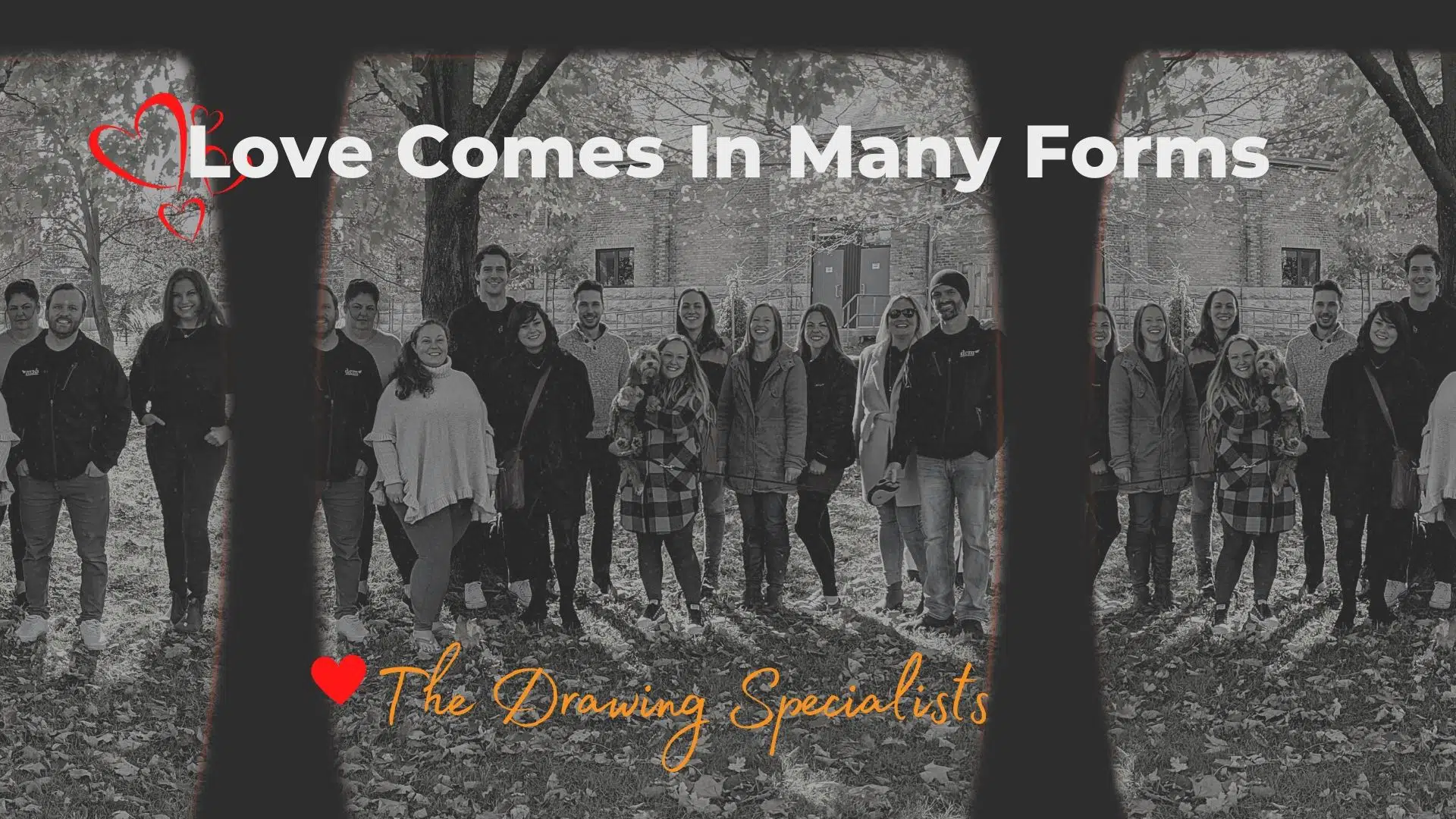What is a Single Source of Truth?
A single source of truth is a designed around a philosophy of ensuring data from across a company is easily usable and accessible from a central location. They break down data silos that grow between departments, increasing transparency and productivity across the enterprise.
At DCM Inc. we believe the world should embrace the digital future. There is no reason modern, cutting-edge facilities should be stuck sifting through piles and piles of documents when a powerful, digital solution exists to organize the chaos and help your facility meet the demands of the modern world with a single source of truth.
Where Does echo Fit In?
The solution to creating a single source of truth for construction document control and engineering file management is made easy by echo: our cutting-edge engineering drawing management software. Our unique software as a service is perfectly suited to future-proofing your facility’s drawings, documents, and blueprints. Using echo sets your team up with a secure, searchable digital library in which you can find, store, retrieve, share, and update your drawings in seconds!
Let’s explore how echo functions as an ideal single source of truth:

A Single Source of Truth Should be Accurate and Trusted
An effective single souce of truth needs to be accurate, structured and verified. It must also clearly identify how and when information is updated. DCM’s echo and supporting services have this completely covered.
Utilize our hands-on service to ensure your facility’s drawings and documents are prepared to last for your facility’s lifespan. Whether your drawings are hard copy or digital, our auditing process will have one of our certified Drawing Specialists review each drawing to determine the most recent version.
Always Know You Are Viewing the Latest Version
When viewing documents in echo, a green check mark lets you know you are viewing the most up-to-date, accurate version of that available document. Old, outdated drawings are flagged by echo to ensure that you know when you’re looking at an obsolete one.
Know That Your Data Privacy is Secure
Our development and technical teams have been innovating for years to ensure that echo is secure, stable, and reliable. We strive to maintain a highly-secured operating environment at every level of echo’s technological structure. We at DCM Inc. take data privacy seriously and have taken steps to ensure your data privacy is protected.

Echo Helps Your Team Maintain Accountability
An effective single source of truth requires accountability at every level: in designing, building, and maintaining the facility. Echo makes it easy to track accountability by keeping extensive records of its use. You will know who accessed echo, when, and what changes were made. All updates, additions, and deletions to drawings and documents will be tracked, and linked to the users who made those changes.
Echo Enables Shareability and a Collaborative Work Environment
An important function of a single source of truth is to enable a collaborative work environment, and work culture that promotes increased competence and capability. With echo on your side, your facility’s team members will have a wealth of collaborative tools at their fingertips, including the support of DCM’s own Certified Drawing Specialists.
Echo Provides a Massive Return on Investment by Improving Your Team’s Productivity
Lack of clarity and control over your drawings and documents causes unnecessary stress and frustration for your team. An essential part of maintaining your team’s productivity is having quick access to the documentation they need, the moment they need it. With echo, your team is equipped with the capability to find any document they need in seconds. The time saved will increase the competency of your team by allowing them to focus on more relevant tasks that deserve their time.
A Single Source of Truth Makes It Easy to Share Information with Relevant People
With echo, your database is easily shareable with others who require quick, seamless access to information, including consultants, contractors, and anyone else who needs to access your facility’s drawings.
Using echo‘s powerful search functionality, your team can find a specific drawing in seconds by selecting a site, floor, and discipline in our software’s customizable search wizard. You will have the most accurate and up-to-date information you need the moment you need it. Once found, your team can select and download any number of necessary documents into a zip file to distribute to relevant people at your discretion.
The Longevity and Transferability of your Single Source of Truth is Assured
Ideally, information stored in a single source of truth needs to be formatted to last for the entire lifetime of a building. Echo does not use any unique file types that other programs cannot interpret. In practical terms, you can send files to a relevant person who doesn’t have direct access to your echo database, and they will still be able to make use of the files you have sent to them.
If your facility’s drawings need to be transferred to a different person, we can help with the simple and painless process of transferring echo to a new lead.
Echo is Accessible and Easy to Use
Your single source of truth should present info in a way that can be easily understood and utilized by users. Fortunately, anyone can use echo regardless of their level of computer expertise. If you can search Google, you can conduct an echo Search! Echo makes it easy for users to locate drawings through its user-friendly interface that has several levels of searching capabilities. Echo also supports different file types. AutoCAD files are useful for engineers and tech savvy users who can make the most of that deep level of information, but PDFs are more useful for average people such as a building’s residents whom you may need to share information with.
Echo Structures Your Drawings and Documents Like a Library
A great single source of truth should be stored in a structured way so that people can easily find, update, and use the right information. In a way, it needs to be like a library: containing a lot of information that is sorted in a way that makes it simple to access the correct info when it is needed. This is exactly where echo shines! The software’s powerful search wizard makes it easy to find the correct document in seconds by making each drawing on echo searchable using over 15 metadata points.

Ready to Create a Powerful Single Source of Truth with echo?
Facility Managers around the globe are using echo: our cutting-edge engineering drawing management system and its unique features to manage their drawings and documents without any hassle. Echo makes creating a single source of truth for your facility’s drawings easy and seamless. Book a discovery call today for more information about echo from DCM Inc.








